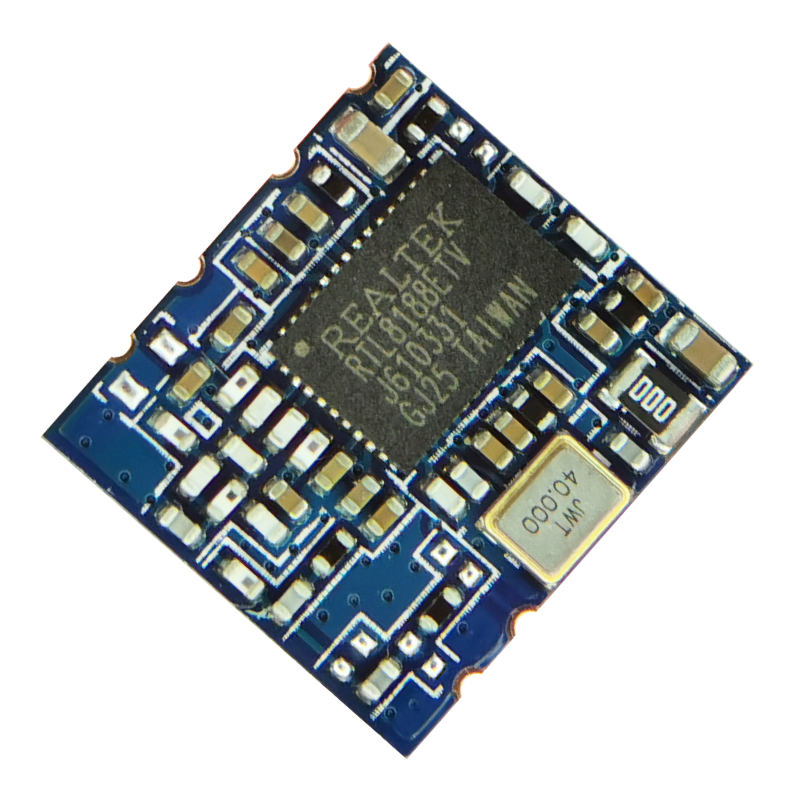Wi-Fi technology has revolutionized the way we connect to the internet and communicate with devices. With its convenience and flexibility, Wi-Fi has become an integral part of our daily lives. However, have you ever wondered about the range and coverage of Wi-Fi signals? In this article, we will delve into the topic of "What is the range of a Wi-Fi module?" to provide you with a comprehensive understanding of this crucial aspect of wireless connectivity.

The range of a Wi-Fi module is influenced by various factors. One of the primary factors is the power output of the module. Higher-power modules generally have a longer range compared to lower-power ones. The signal strength of the Wi-Fi transmitter and the sensitivity of the receiver antenna also play a significant role in determining the range. Additionally, physical obstacles such as walls, floors, and obstructions can weaken the signal and limit the range of Wi-Fi.
It's important to note that Wi-Fi technology operates on different standards, such as 802.11a, 802.11b, 802.11g, 802.11n, and 802.11ac. Each standard has its own range limitations due to variations in data transmission rates and frequency bands. For instance, the 802.11a and 802.11n standards typically offer better range compared to 802.11b and 802.11g.
If you need to extend the Wi-Fi range in your home or office, range extenders come to the rescue. Also known as repeaters, range extenders amplify the existing Wi-Fi signals and distribute them further. By placing range extenders strategically, you can bridge the gap between the Wi-Fi router and areas with weak signal coverage, significantly enhancing the overall range of your Wi-Fi module.
There are several techniques you can employ to optimize the range of your Wi-Fi module. Firstly, ensuring that your Wi-Fi router or access point is placed in a central location can help distribute the signal more evenly. Avoiding interference from other electronic devices that operate on similar frequencies is also vital. Additionally, updating the firmware and using the latest Wi-Fi standards can contribute to maximizing your Wi-Fi range.
In conclusion, understanding the range of a Wi-Fi module is essential for getting the most out of your wireless network. By considering factors that affect the range, familiarizing yourself with different Wi-Fi standards, utilizing range extenders when needed, and optimizing your network settings, you can enjoy seamless connectivity and extended coverage throughout your home or workplace.
 Trolink Joint With Tuya to Make Iot Benefit Every Family
Trolink Joint With Tuya to Make Iot Benefit Every Family
 5 Key Indicators for WiFi Module Selection You Have to Know !
5 Key Indicators for WiFi Module Selection You Have to Know !
 IOT module is the brain of smart products
IOT module is the brain of smart products
 What is the signal coverage range of the WiFi module chip?
What is the signal coverage range of the WiFi module chip?